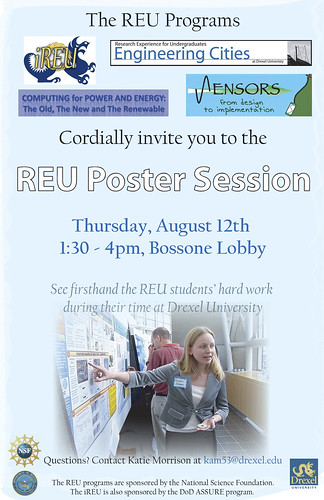Hui Li, Mengyan Li, Wan Y. Shih, Peter I. Lelkes, and Wei-Heng Shih’s latest paper, titled “Cytotoxicity Tests of Water Soluble ZnS and CdS Quantum Dots,” has been published online in Journal of Nanoscience and Nanotechnology.
From the abstract: “Cytotoxicity tests of zinc sulfide (ZnS) and cadmium sulfide (CdS) quantum dots (QDs) synthesized via all-aqueous process with various surface conditions were carried out with human endothelial cells (EA hy926) using two independent viability assays, i.e., by cell counting following Trypan blue staining and by measuring Alamar Blue (AB) fluorescence. The ZnS QDs with all four distinct types of surface conditions were nontoxic at both 1 µM and 10 µM concentrations for at least 6 days. On the other hand, the CdS QDs were nontoxic only at 1 µM, and showed significant cytotoxicity at 10 µM after 3 days in the cell counting assay and after 4 days in the AB fluorescence assay. The CdS QDs with (3-mercaptopropyl)trimethoxysilane (MPS)-replacement plus silica capping were less cytotoxic than those with 3-mercaptopropionic acid (MPA) capping and those with MPS-replacement capping. Comparing the results of ZnS and CdS QDs with the same particle size, surface condition and concentration, it is indicated that the cytotoxicity of CdS QDs and the lack of it in ZnS QDs were probably due to the presence and absence of the toxic Cd element, respectively. The nontoxicity of the aqueous ZnS QDs makes them favorable for in vivo imaging applications.”
The paper can be viewed directly here. [View PDF]



